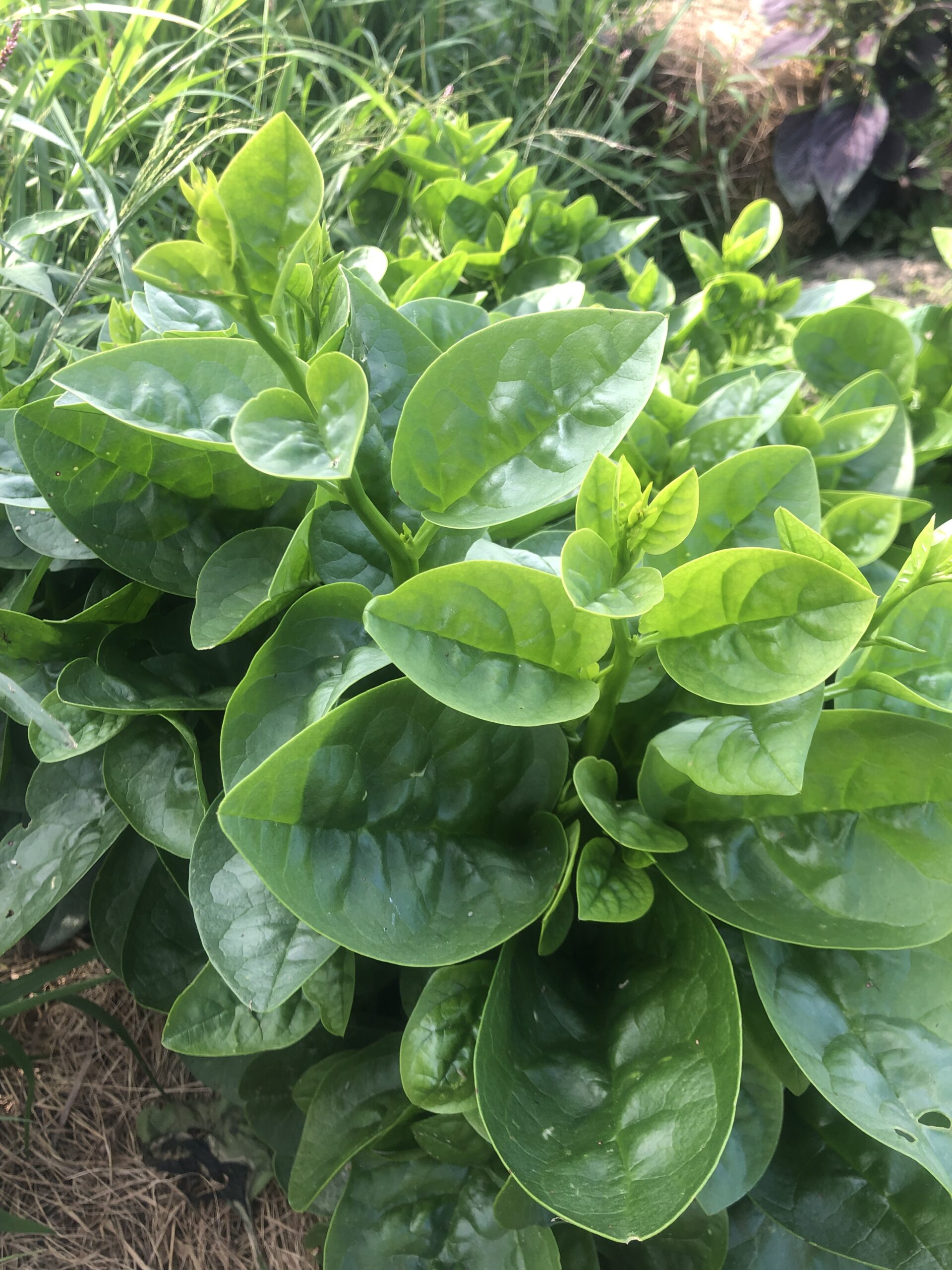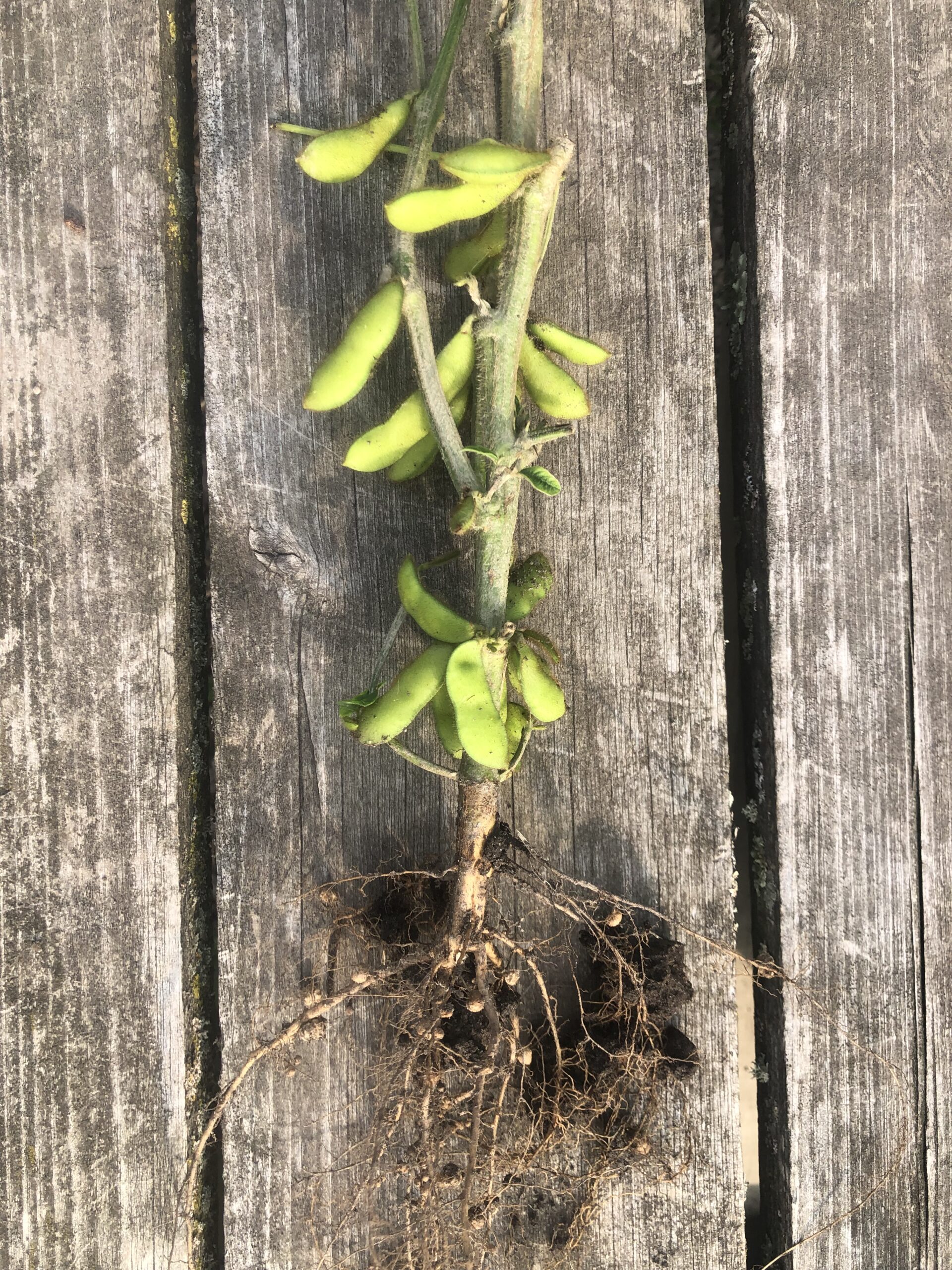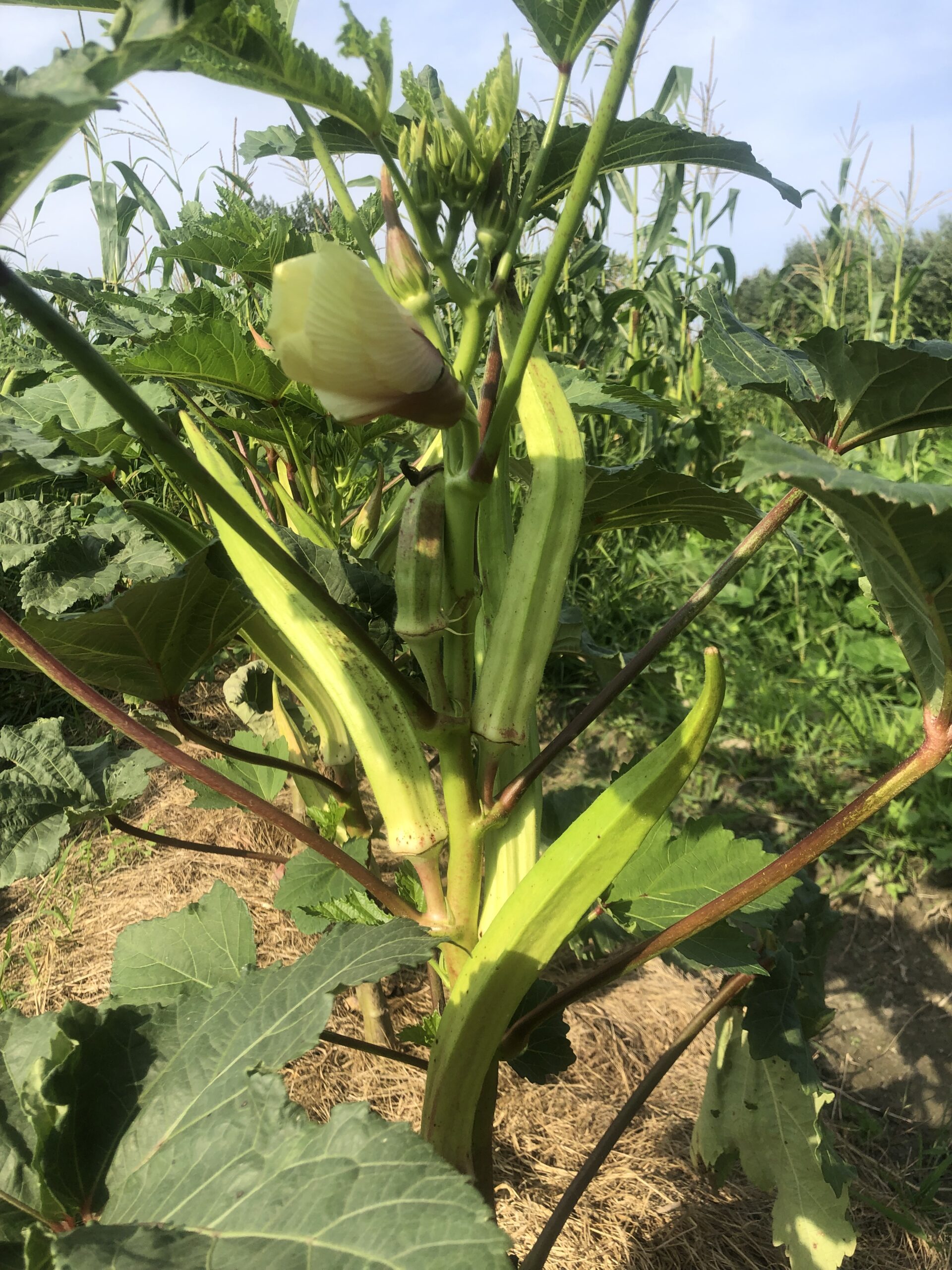In a recent Instagram post, we reflected on our observations from our late summer gardens that survived the July flood, torrential downpours, extreme heat, and the accompanying pest and disease pressure that gardens are experiencing with a changing climate. As we walk through fields and gardens where VGN programs persevere despite the weather and pivot after the recent public health guidance around the mosquito-borne virus, we are honoring the resiliency of plants and taking note of the most flood tolerant and disease resistant plants. Our Instagram post was a tribute to edamame growing at Seedsong Collective Garden. Below we share our original post, as well as our list of additional flood tolerant plants that have left an impression on us this season.
Today we are grateful for edamame. It was one of the very few plants that survived flood waters at Seedsong (the collective garden we manage at the Intervale). We’ve started a list of “flood resilient food crops” based on our lived experience of two floods in two consecutive years. Other plants that surprised us post-flood are okra and tulsi, to name a few.
But back to edamame: look at those perfect nodules on the roots! We often talk about the benefits of legumes and their ability to fix nitrogen, and now to actually see those root nodules brings it all to life. Those nodules allow more nitrogen to be delivered to the soil and build soil fertility.
This list reflects our observations from two garden sites: Seedsong Collective Garden, located within the Tommy Thompson Community Gardens at the Intervale, and the New Farms for New Americans community farm at the Ethan Allen Homestead, where VGN manages a Teacher’s Garden to demonstrate climate-smart gardening practices for growing culturally meaningful crops.
Flood tolerant plants:
- Beans: edamame, cowpea, and pole varieties (versus bush varieties that struggled to recover)
- Corn
- Okra
- Tomatillos
- Basil: tulsi, Genovese, lemon, Thai
- Lemongrass and spilanthes, to name a few herbs (we’ve seen many herbs tolerate excessive moisture)
- Sweet potatoes (versus Andean potatoes that rotted underground)
- Onions
- Eggplant (we saw many fewer Colorado Potato beetles after the flood!)
- Greens: Malabar spinach, molokhia, amaranth, roselle, water leaf, mustard greens
- Indigo (dye plant)
- Bottle gourd, bitter melon, caigua (these are vining plants at New Farms for New Americans, where farmers build extensive trellises to keep them off the ground – and away from flood waters)
And what will we do with this information? We will plant more of these crops in future years. We will encourage gardeners and farmers to plant them as well. We will continue to save seeds from the most resilient crops. And we will continue to advocate for climate adaptation and mitigation strategies in all our garden education programming.






